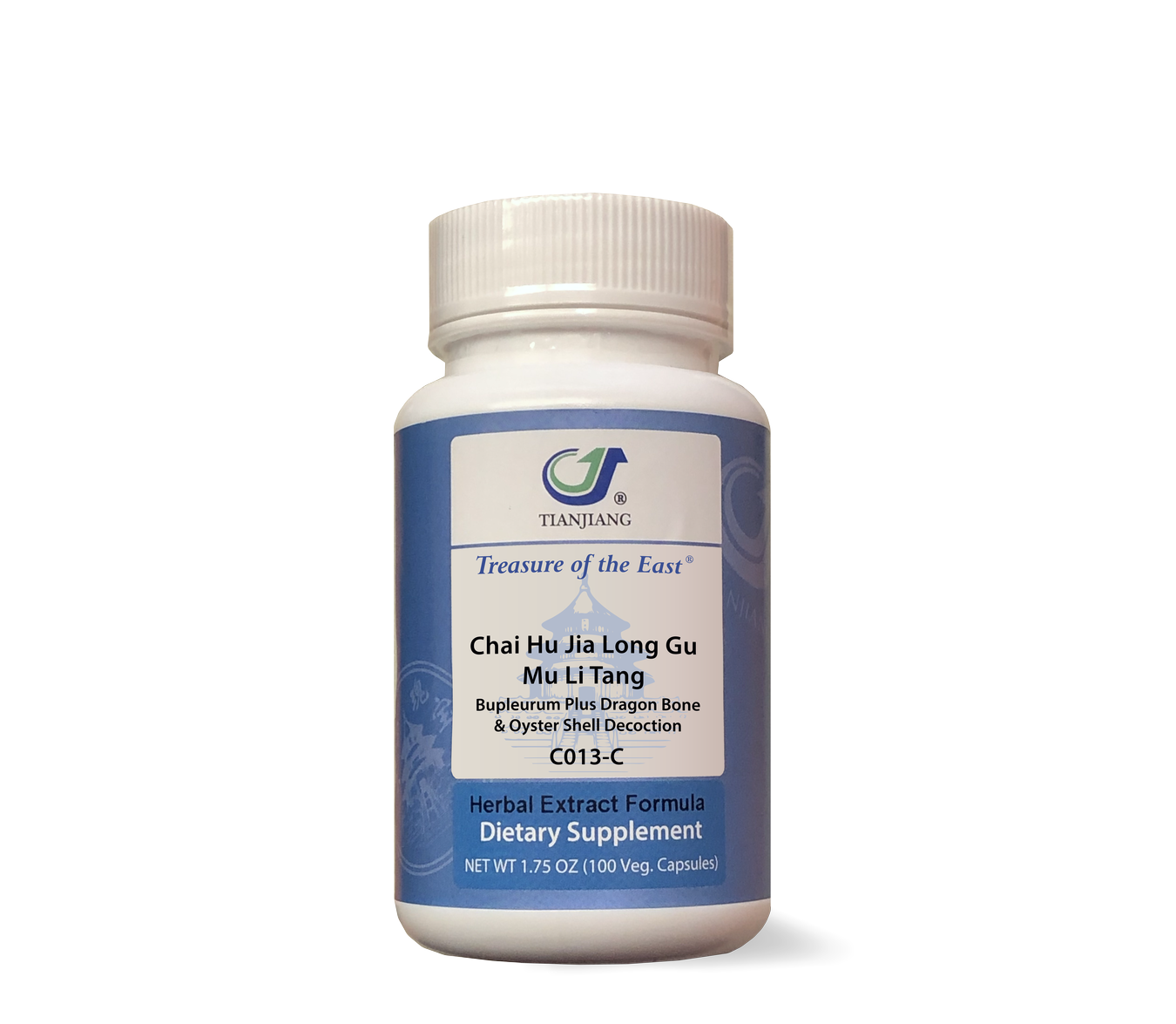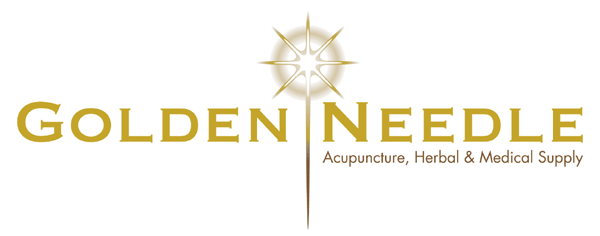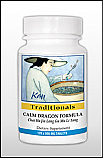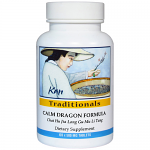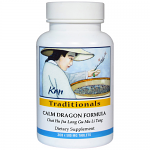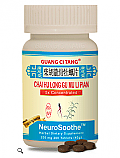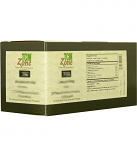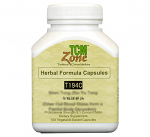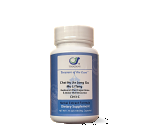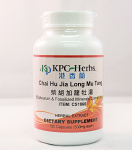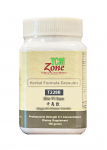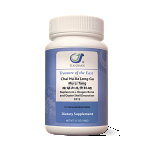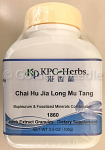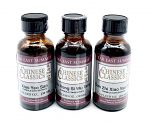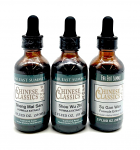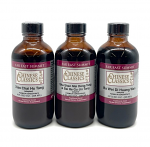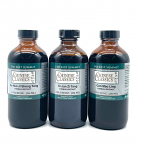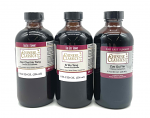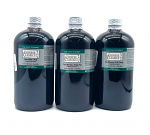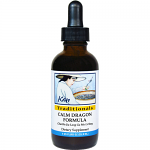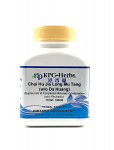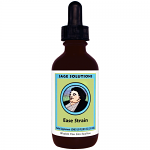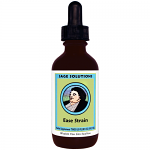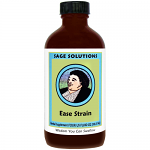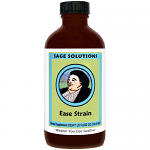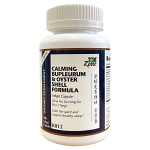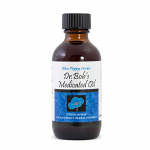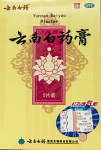| Description |
The source text attributes this disorder [for which Chai hu long gu mu li tang is designed] to the inappropriate use of purgatives in treating a patient who has suffered injury from cold for eight or nine days. Over the centuries, the use of this formula has been greatly expanded because of a realization that it can be effectively used in treating any disorder due to fright, or from phlegm in the Liver-Gallbladder system. Today, it is used for a wide variety of internally-contracted disease. The cardinal symptoms are fullness in the chest accompanied by irritability and palpitations. This is a complex formula designed for a complex pattern. It incorporates hot and cold substances, purgatives and tonics, and has wide application. It is not surprising, therefore, that many different interpretations of the pattern and the formula itself have been expressed through the years. A different, yet commonly-held view of the mechanism of this disorder is that it began as a lesser yang-stage condition which was improperly purged, and that lesser yang (Liver and Gallbladder) dysfunction is at the core of the condition. Some go so far as to characterize the disorder as an interior lesser yang-stage problem. This understanding is based partly on the fact that this formula is a variation of Minor Bupleurum Decoction (xiao chai hu tang), the quintessential formula for lesser yang-stage disorders, and partly on the presentation itself. The difficulty with this interpretation is that the source text places this formula under the heading of greater yang-stage disorders.* --Bensky; Chinese Herbal Medicine Formulas and Strategies.
|
